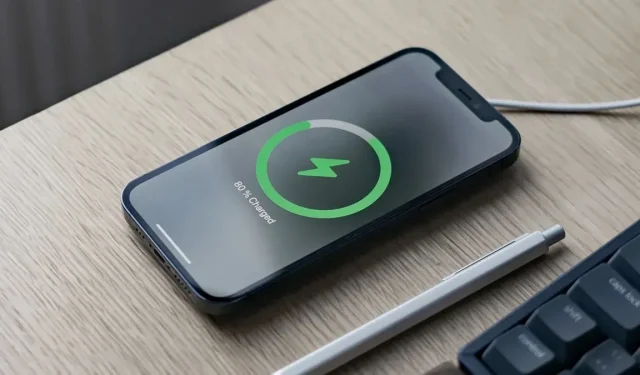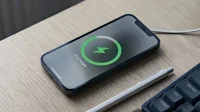Recharging a smartphone battery is very smart today. This is necessary to preserve its lifespan. But this feature can be disabled.
The way we charge our smartphones is changing: Plugging in a device no longer charges it to 100% as quickly as possible, and that’s because the latest smartphones have smart features aimed at extending battery life. You shouldn’t see your device’s battery drain after a few months, right? Now it should be less.
It’s important to know how optimized charging works on your smartphone when you plug it in. And how to deactivate it if necessary.
iPhone
Starting with iOS 13, the iPhone has access to this feature, which “learns your daily charging habits to improve battery life.”In other words, your smartphone remembers how you use it throughout the day so it knows when you need fast charging and when you have more time.
This feature is enabled by default, and you see a notification on the lock screen when the charging optimization is enabled.
Go to “Settings”then “Battery”and “Battery Status”and “Charging”to see the battery capacity. This allows you to know the remaining capacity compared to the capacity of a new battery. This is a figure that Optimized Charging should keep as high as possible for as long as possible, as lithium-ion batteries degrade over time, which is no small feat.
On the same screen, you can turn off Optimized Battery Charging to return to a more traditional charging mode when your device is plugged in. When you disable this feature, the OS asks if you want to leave it disabled just until tomorrow or all the time.
Note. Optimized Charging in iOS uses geolocation, so the service must be enabled for it to work properly. When iPhone is in an unfamiliar place, Optimized Charging won’t turn on because iOS can’t guess your charging habits.
Android
For Android smartphones, this, as always, depends on the make and model of your device: optimized charging is a feature that is not available on all devices, you need to dig into the settings or search the Internet to see if you are eligible.
For the raw version of Android, the one on the Google Pixel, you qualify for adaptive charging. Google explains that this feature “helps extend battery life for a long time”and works just like it does on the iPhone. When Android thinks that you are going to charge your device for a long time, it slows down the process.
There is a specific scenario where adaptive charging comes into play: if you have an alarm set from 3 am to 10 am and you plug your smartphone in between 9 pm and 4 am, adaptive charging can kick in. When this function is activated, a message appears on the screen indicating that recharging is complete.
The idea is that you won’t be using your phone while you sleep, so it can take a while to charge and when you wake up you still have a fully charged smartphone. If you have other occasions where you frequently charge your device for hours at a time, adaptive charging may activate.
And for those times when you need to charge as quickly as possible, you can turn off adaptive charging by going to Settings, then selecting Battery, Adaptive Settings, and Adaptive Charging.


